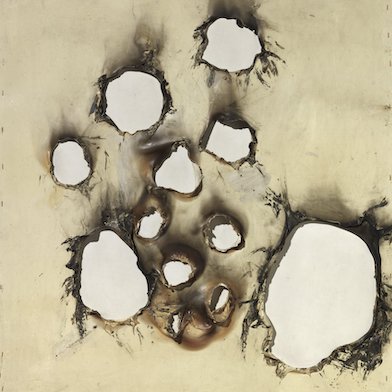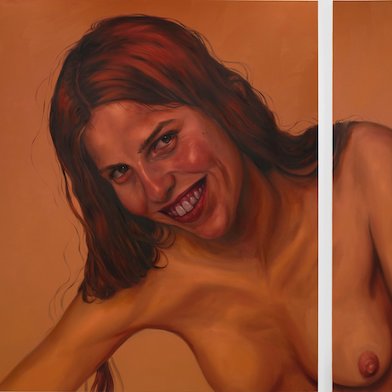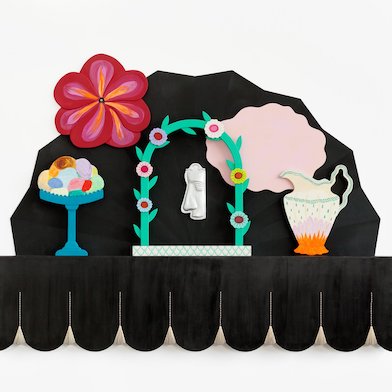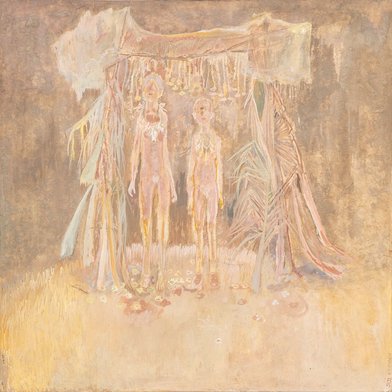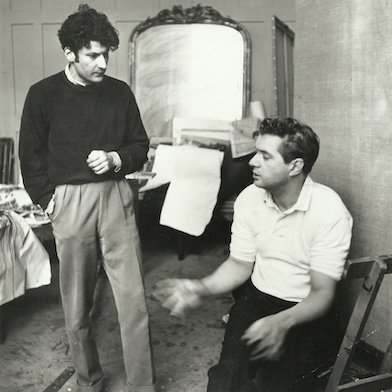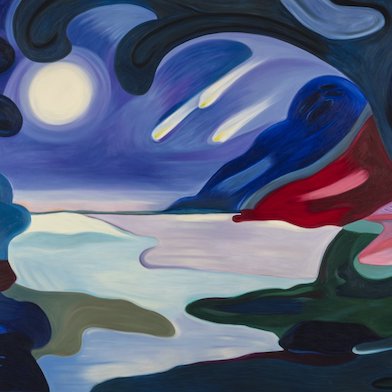Open: Tue-Sat 11am-6pm
Visit
Surface Tension
DES BAINS, London
Sat 23 Mar 2024 to Sun 14 Apr 2024
20 Great Portland Street, W1W 8QR Surface Tension
Tue-Sat 11am-6pm
Artists: Camille Yvert - Beatrice Vorster - Deividas Vytautas - Isabella Benshimol Toro
curated by Anastasia Chugunova
The gift is contact, sensuality: you will be touching what I have touched, a third skin unites us.
— Roland Barthes, A Lover's Discourse: Fragments
Installation Views
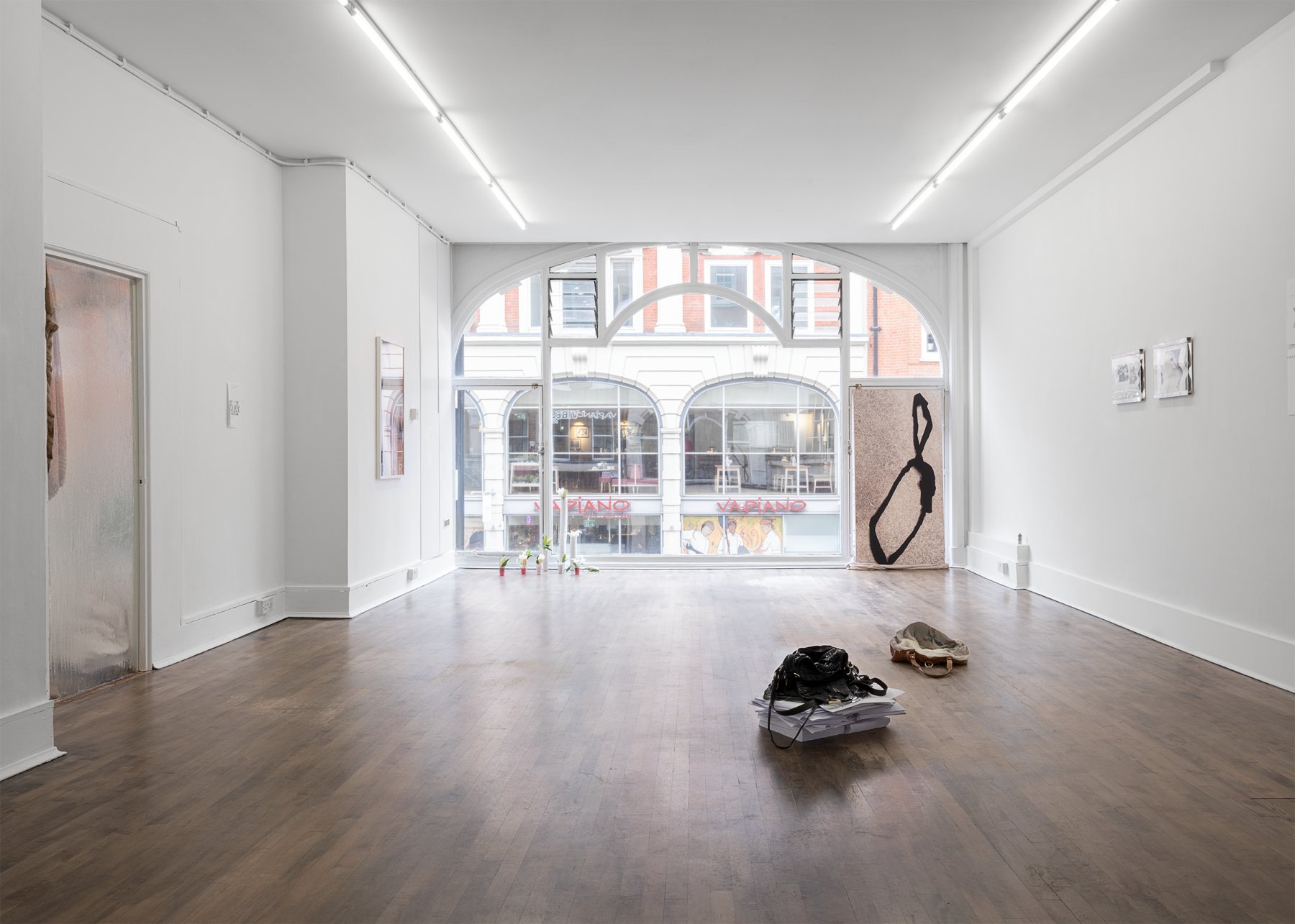
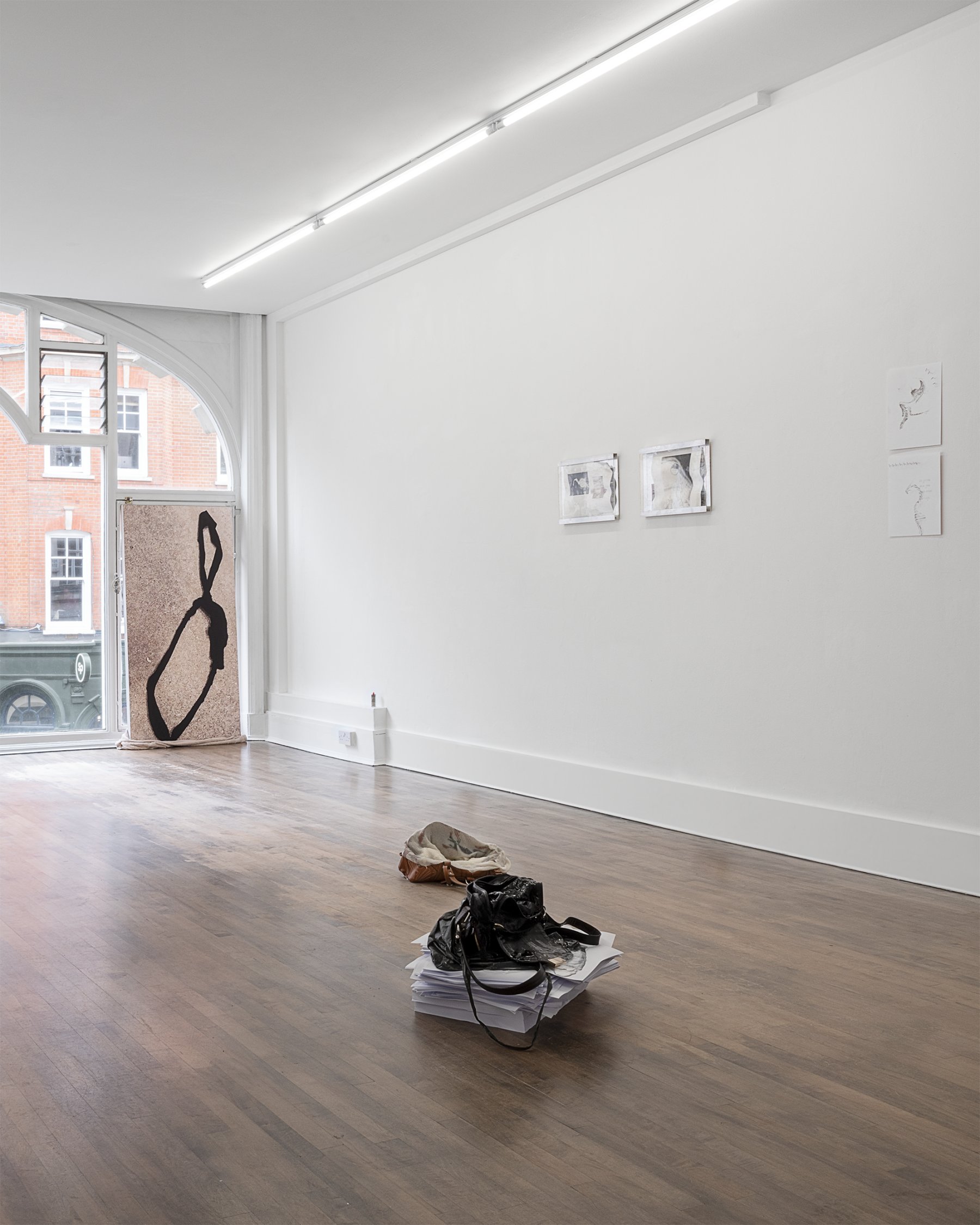
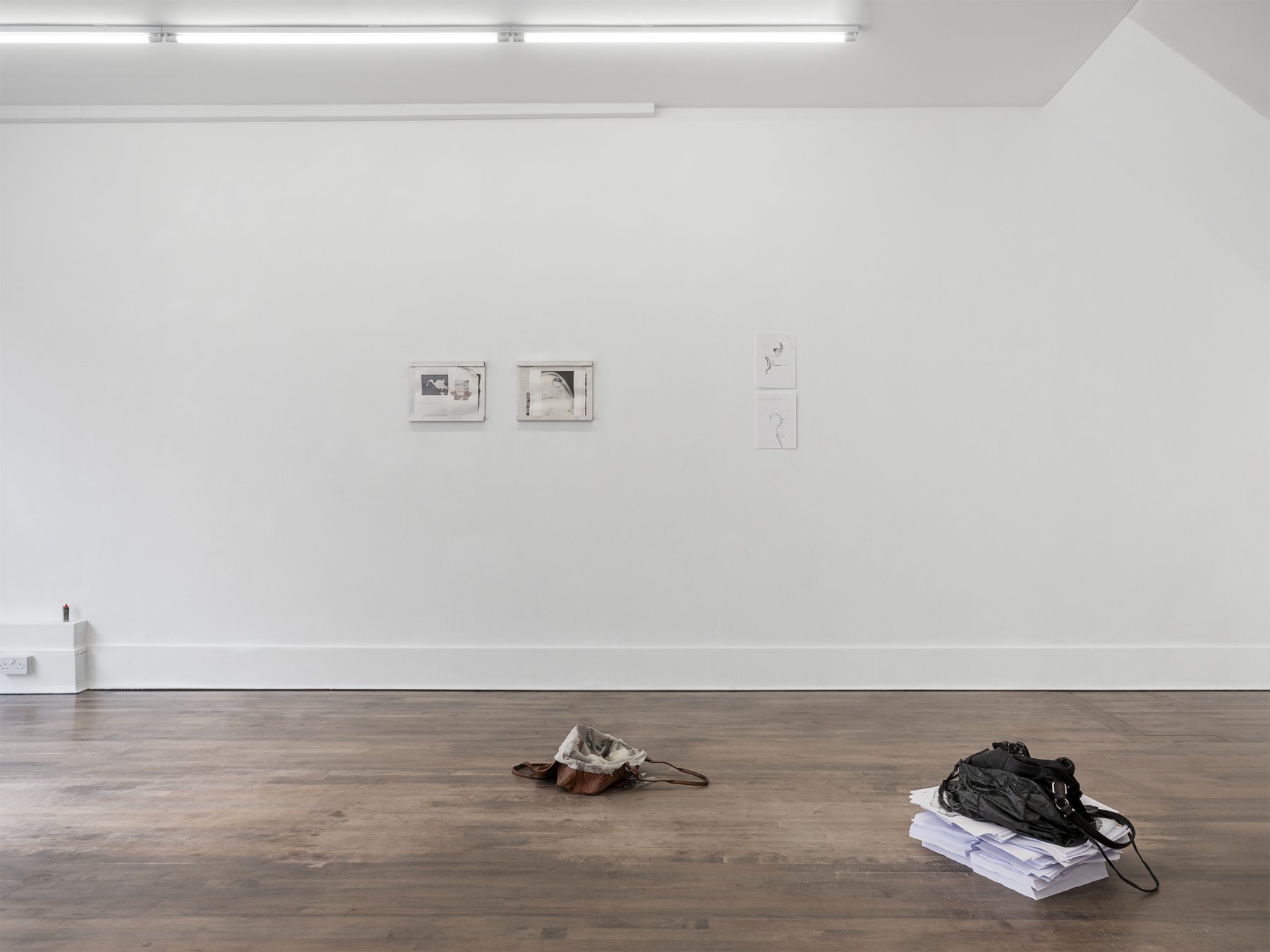
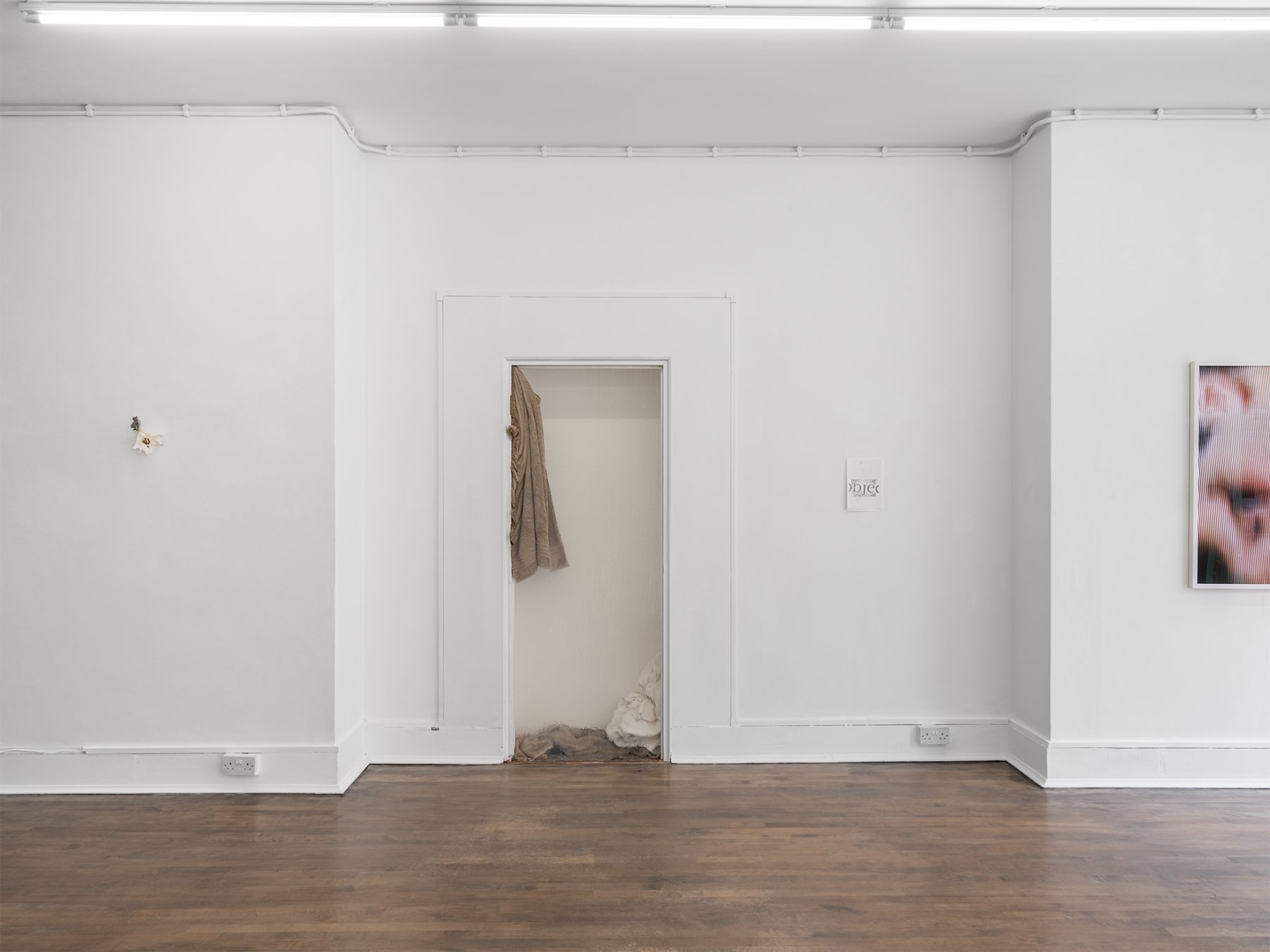
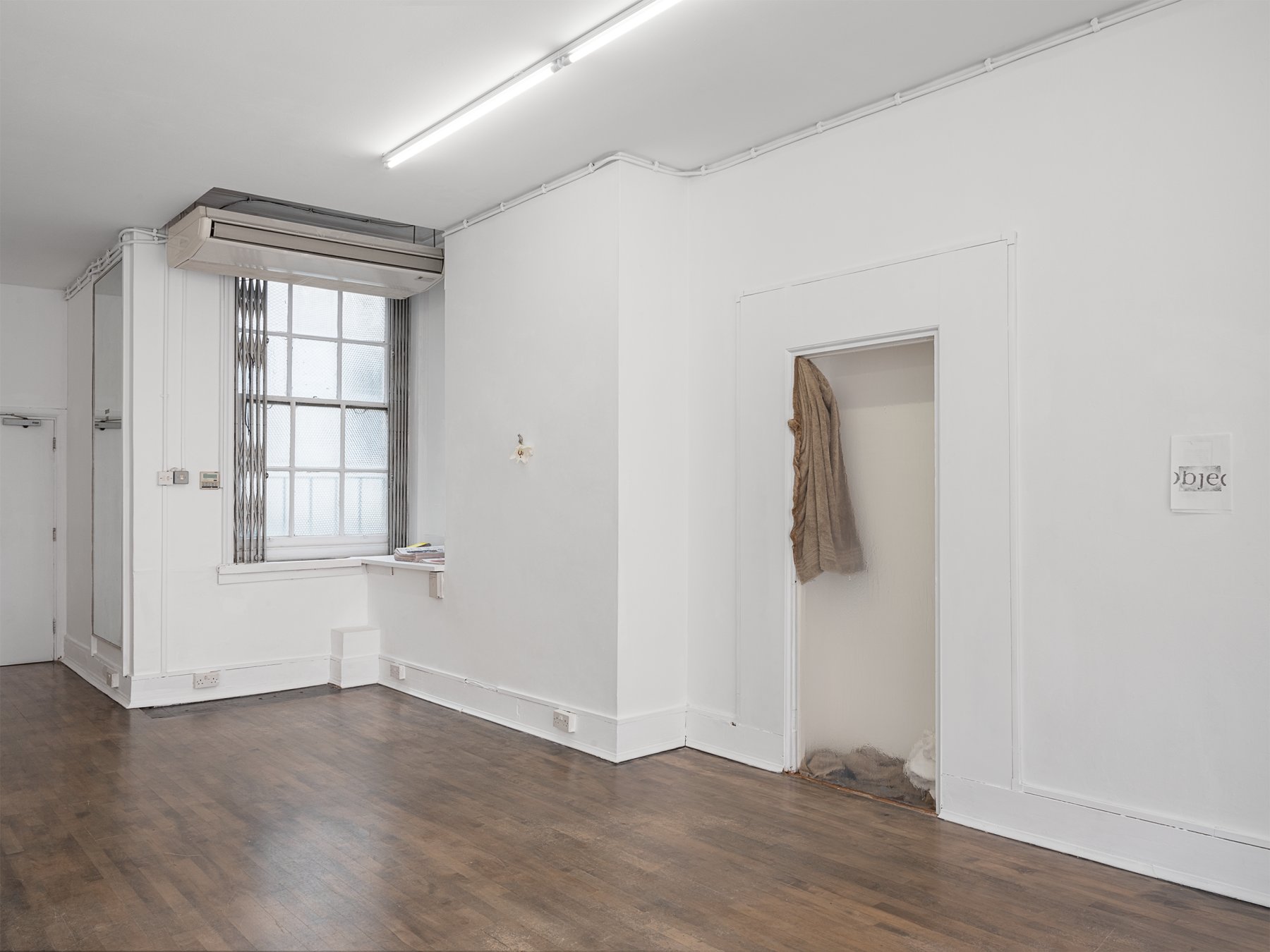
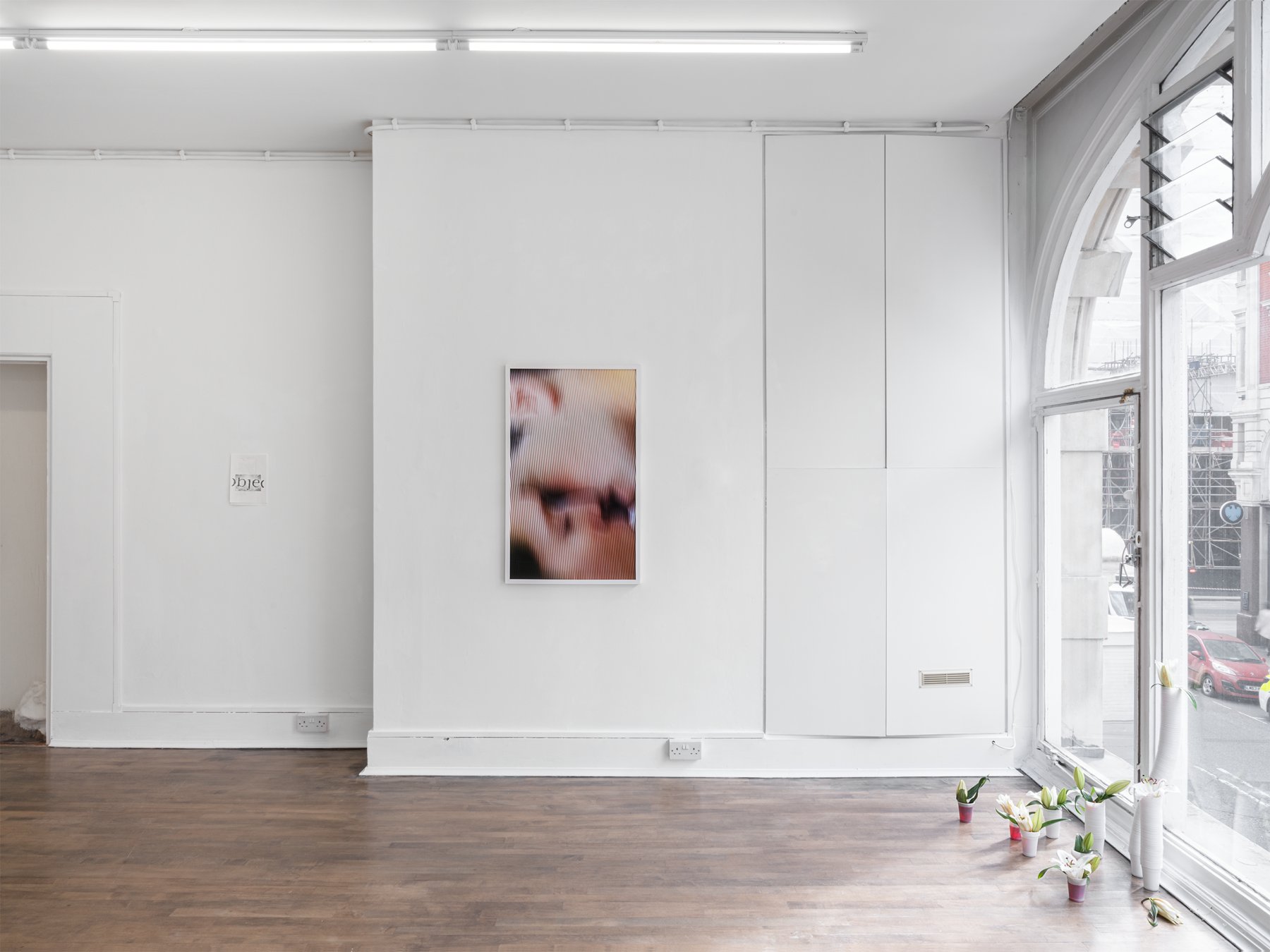
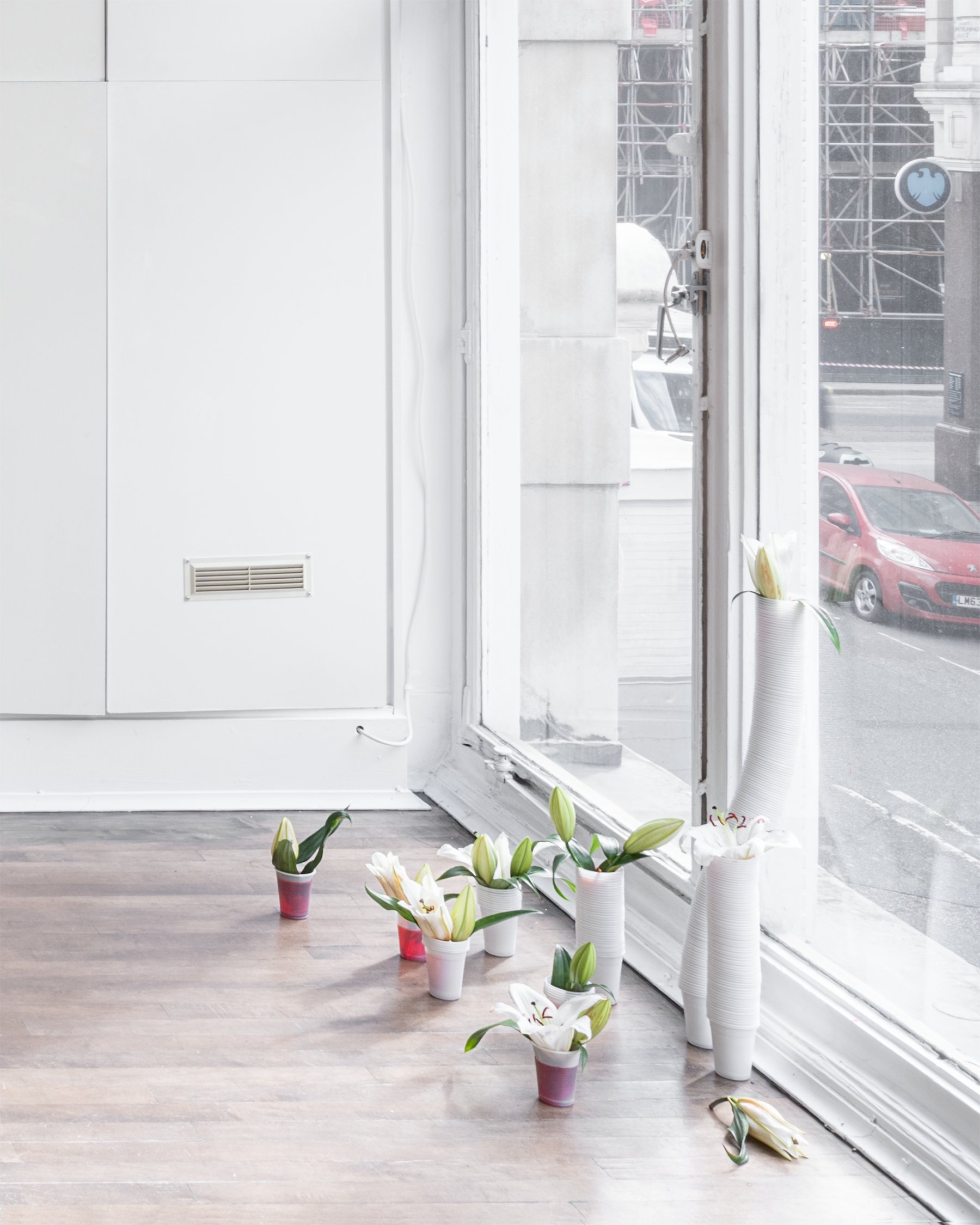
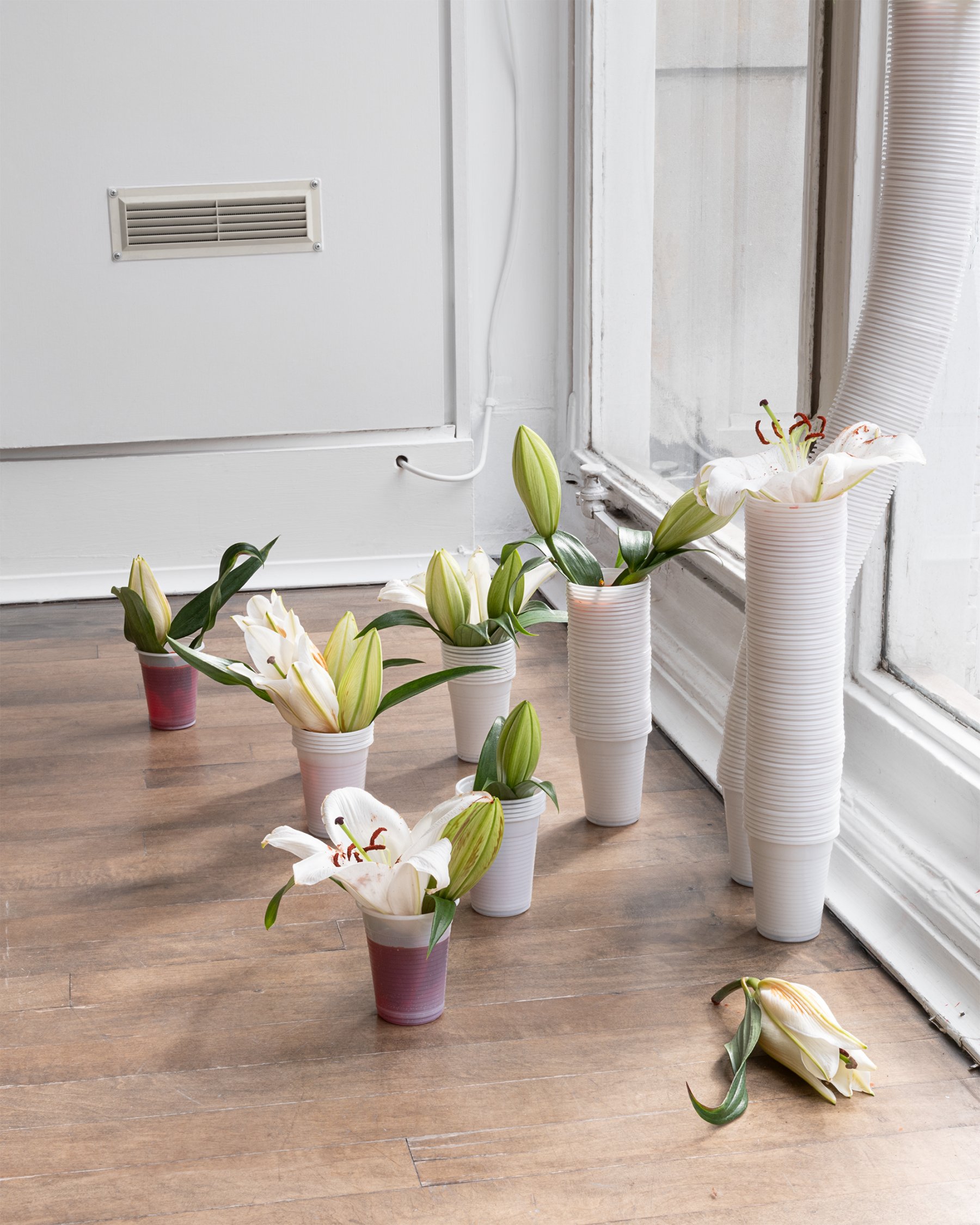
What kind of interplay happens in touch - between our skin and the surfaces of objects in an external world? With a daily life full of superficial encounters, we never appear to be singular, separated beings — as in touching, we are always touched back. In meeting them, they often leave an impression on our skin, sometimes more than an outline, an exact negative, a trace, a reminder of something that has passed. In this sense, any touch operates exclusively as a contact of surfaces, as it does not come from the middle of the human being but rather operates on its margins.
This question, implying a double understanding of the skin — as a boundary that protects and maintains inner integrity and as a permeable, porous tissue capable of absorbing and secreting fluids — is at the heart of Surface Tension, a group exhibition featuring works by Isabella Benshimol Toro, Camille Yvert, Beatrice Vorster and Deividas Vytautas. The artists in the exhibition reflect upon ideas referring to physical touch and haptic touch and how the latter relates to different modes of looking. Calling for a proximity, the look can be seductive and almost intimate, and, on the other hand, unsettling, penetrated with a feeling of loss.
The material with which we stay in close unconscious contact most of the time is the soft surfaces of clothing and interior objects. Due to their inherent pliability and physical properties, they can easily retain traces of body - whether fingerprints or marks of other bodily parts hinting at its activity - a sweaty gym workout for example, or a beach sunbathing on a hot summer day. Used garments coated with epoxy resin in the works of Isabella Benshimol Toro serve as a monument to unconscious gestures of the body. Interested in the domestic daily life and the routines that hold it, she examines and creates intimate and mundane gestures which point out the social and political functioning of the body. In a new site-specific work, Isabella creates an ambiguous translucent space, neither clearly transparent nor fully opaque. Serving as a membrane between the main space of the gallery and a hidden small storage space, it enables us to look at the works on display as if they are feeling, breathing, sensing in this space of condensation.
Not every touch brings pleasure — the contact can also become a poisoning experience. In her new body of work Mercury retrograde, well me too Camille Yvert turns to mercurochrome. A topical antiseptic banished from several countries due to its high mercury content and the red stain it would leave on the skin, it also prevents doctors from distinguishing the injury. Leaving lilies in the water mixed with mercurochrome around the gallery, she allows them to soak up the mixture, which would eventually turn them red in a few days and thus reveal its poisonous effect. In a similar vein, in Sanguine (2024), the artist presents a lipstick made from mercurochrome. Once applied onto lips, it would leave a lasting effect, which eventually can be fatal for the human.
Another key semantic component of the show is haptic visuality. Formulated by media and film scholar Laura U. Marks as a multisensory experience that combines both the visual and tactile senses, haptic visuality is thus presented as a more active way of looking than a long-distance, optical vision. (1) Calling for a flow between sensuous closeness and symbolic distance, haptic visuality opens an orientation towards the sensual and affective dimension of looking, which Marks considers erotic. From active touching, reaching out and measuring of space, haptic aesthetics considers how we become touched and affected by things. This implies that the eye in haptic looking functions as an organ of touch and is more inclined to 'rest on the surface of an object rather than to plunge into its depth'. (2) In moving image works, haptic imagery fragments and magnifies the surfaces of bodies, objects, and environments through the camera's movement and proximity to those very surfaces, which pulls the viewer closer to it.
Heavily informed by the cinematic experience, the body of sonic and visual work of Beatrice Vorster reveals itself in a similar fashion. In having a closer look at sisters (2023), made from the footage from an Italian giallo (3) 'Phenomena' (1985) and featuring scenes of conflict, it is almost impossible recognise any specific features of women shown there. The grainy texture of images and multi-layered visual noises combined with richly textured sound pieces accompanying the videos make the overall footage more palpable. On the other hand, this looped, doomed- to-be never-ending story video evokes a sense of loss since we aren't given the opportunity to build frames into a single story. As if condensing the cinematic time, in unreliable bodies (2023) Beatrice places under vent the series of stills taken from the same film — but in this case, from a scene presenting an escape from the moment of tension.
Liberation, in a moment of catharsis. In softcore (bedroom scene) (2022), Deividas Vytautas presents a tender moment preceding a kiss between two lovers drawn from pornography still. The longing and desire build up before reaching a climax. Although the gesture is performed, according to Marks, gay pornography can provide a kind of look that may take some other relation to their object rather than just dominating. (4) As compared to the objectifying look taken from the perspective of heterosexual male viewer, that traditional cinema is still replete with, this can be a more ethical one, the one that would serve as an alternative to the possible ways of seeing a male body.
It is at this intersection of the subject of touch - understood both in the literal sense and as a kind of effect, which can be mediated by screen — that this exhibition is situated. Although approaching the subject of skin and touch from entirely different points of view, the artists have a shared interest in exploring alternative perspectives on the act of sensing — bodies, objects, and the world around us.
Isabella Benshimol Toro (b. 1994, Caracas) lives and works in London. She received her BA from Nuova Academia di Belle Arti, Milan in 2016 and her MFA from Goldsmiths, University of London in 2020. Her current practice draws from performance to photography into sculpture and installation. She works primarily with used clothing, epoxy resin, silicone, and other domestic or personal found objects. Her work seeks to freeze in time ephemeral actions, gestures, and bodily sensations of everyday domestic life and create with and from them a series of fossils or monuments to the unconscious.
She has recently presented her debut solo show Sketches, curated by Mathilde Friis and Gonzalo Herrero, at a site- specific location in London (2024). Recent group exhibitions include: The Sundown of Disquiet, ZERUI, curated by Domenico de Chirico, London (2023), Everything I Do Could Be Done Differently, Cecilia Brunson Projects, curated by piloto pardo, London (2022); SEX, Rose Easton, London (2022), Reconfigured, Timothy Taylor Gallery, curated by Rose Easton, New York (2021); Descripción de un estado físico, Galería Elba Benítez, Madrid (2021); and El Dormitorio, CCC Centro del Carmen de Cultura Contemporánea, Valencia (2021). She has also been a resident at Rupert in Vilnius (2022) and is currently a spring resident at Good Eye Projects in London. Upcoming exhibitions include a solo presentation at ZERUI, London (2024) and at PLATABANDA, Caracas (2025) and a group exhibition at Triangolo in Cremona (2024), among others.
Camille Yvert (b.1988, Paris) is a visual artist based between London and Athens. She holds an MFA in Sculpture from the Royal College of Art, London and enrolled in the BAFA at Goldsmiths University, London. Her work oscillates between the distinct practices of sculpture, publishing, and video, and in the intersection of these orientations, she is developing a series of work concerned with human innate ability to adapt under modernity!s extreme dogmas of efficiency. She considers this phenomenon through the alienation of the body in a pervasively transient architecture.
Camille has recently participated in international group exhibitions including Shifting, One Minute Space, Athens (2024); Porous Cities, Feria Marseille (with South Parade), Marseille (2023); Rear View, Biblioteka Kyiv, London (2023); SupaVenezia, A plus A Gallery, Venice (2022); V8, Cylinder Gallery, Seoul (2022); Ancient Mew, Conditions Studio, London (2022); Unfabricated, D Contemporary, London (2022) and I knock on your skin, SET Woolwich, London (2022). Selected solo exhibitions include Bronzage, Filet Space, London (2021) and How I naturally improved, The Gibberd Gallery, Essex (2020).
Beatrice Vorster (b. 1994, Johannesburg) is a London-based artist engaging with ideas of cinematic haunting, mediated bodies, and communication technologies. She produces audiovisual experiments with recording and reproducing. She is on the editorial board of SonicScope journal (MIT Press/Goldsmiths Press) and a lecturer in Fine Art at the University of the Arts London.
Recent exhibitions and projects include Public Knowledge, performance-collaboration with KINN, Camden Arts Centre, London (2024); *pinch* to zoom, duo exhibition with Elli Antoniou, Generation & Display, London (2023); the cinema, TICK TACK, Antwerp (2023); Geist Enclsure, Studio Ghost, Tokyo (2023); Not before it has forgotten you, Nicoletti Contemporary, London (2022); i
